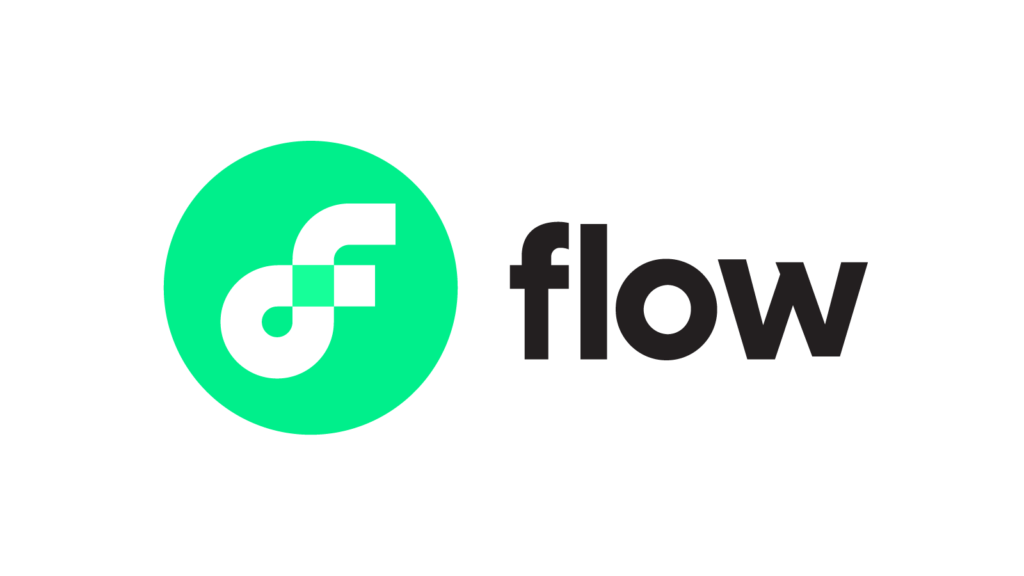Introduction to NFTs
How Do NFTs Work?

While most people know that NFTs are unique digital tokens on the blockchain, the exact mechanics of how these tokens work is still obscure to so many people.
Before anything else, it is important to understand NFTs’ connection with blockchain. It’s common knowledge that NFT tokens are created on different blockchains, but not all blockchains can be used to create NFTs. This leads us to ask the question: “What blockchains do NFTs exist on?”

The most popular and widely used NFT-compatible blockchain is the Ethereum blockchain, but there are a large number of alternatives to consider. Some of them include Polygon, Avalanche, BNB Chain, Solana, Immutable X, SKALE, WAX, and Flow. Generally, any blockchain that supports smart contracts and the ERC721 or ERC1155 token standard can be used to build NFTs.
NFTs created on separate blockchains will have some inherent differences, like the cost and speed of the transactions, consensus mechanism, smart contract functionality, and so on. Despite the sizable number of available blockchain options for NFTs, a few blockchains stand ahead of the rest due to their functionality and the benefits they offer.
The 5 Best Blockchains That Support NFTs
Ethereum: The Ethereum blockchain is the basic foundation on which the two most prevalent token standards were developed. The first is the ERC-721 standard which was created for non-fungible tokens, and the ERC-1155 standard, which carries the new Semi-Fungible Tokens. Over the past few years, these two standards have established themselves as the foundations for the bulk of the NFTs existing today, and they show no signs of slowing down.

Polygon: This “layer two” or “sidechain” is a scaling solution that runs alongside the Ethereum blockchain, allowing for speedy transactions and low fees. It is a proof-of-stake blockchain that is already working on real-life NFT utility, mainly with Starbucks, for their NFT Loyalty program.

Flow: This proof-of-stake blockchain was created especially for NFTs and other consumer applications. The innovative multi-node architecture of Flow addresses scalability challenges, ensuring low-cost, quick transactions. The built-for-purpose architecture of Flow, which targets consumer applications, has encouraged high-profile corporations to sell their digital assets over the Flow network.

Solana: In the NFT arena, Solana’s goal of becoming the blockchain of choice for decentralized crypto apps has made it one favored choice for NFT enthusiasts. Solana also enables the creation of complex marketplaces. So far, Solana-powered platforms like Opensea, Magic Eden, and Solanart.io allow you to create, purchase, and trade NFTs.

BNB Chain: Despite Ethereum’s widespread use and popularity in the NFT space, thousands of users and projects are now looking to BNB Chain for its low fees and high performance: BNB Chain is estimated to process 55 to 60 transactions per second, and it costs just a few cents to create an NFT, which is significantly less than Ethereum.

Cardano: Cardano is a high-performing blockchain that also promises to be the most environmentally friendly. It can presently process more than 250 transactions per second. The transaction cost of Cardano is around 0.16-0.17 ADA, which is about a cent or two. The unique NFTAs (non-fungible tokens of appreciation) are issued in compliance with the Cardano CIP-721 metadata standard, and they were invented by Cardano.

Smart Contracts and NFT Standards
Smart contracts are the main infrastructure used in creating NFTs. A smart contract is a self-executing contract in which the conditions of the contract’s counterparties’ agreement are written in lines of code. A smart contract is essentially a digital version of a traditional paper contract that automatically verifies completion and enforces and performs the contract’s provisions.
The smart contract is executed on a blockchain network, and the contract’s code is copied throughout the network’s numerous computers. This allows for more transparent and secure facilitation and execution of contractual obligations.

Furthermore, because the code of a smart contract is verified by all participants in the blockchain network, smart contracts do not require a middleman to execute. By removing the intermediary from the deal, you can save a lot of time, money, and energy.
Blockchains enable smart contracts, and Ethereum is the most popular blockchain for smart contract creation. In fact, almost every Ethereum transaction is a smart contract since the network will only authorize transactions if specific conditions are met, such as the user providing a digital signature showing that they own the money they claim to own.
While the introduction of non-fungible tokens presents incredible potential, they do require a proper standard to specify what they are capable of. The first NFT standard, ERC-721, implements a token API within a smart contract, allowing users to interact with the token and get proof of interaction, as well as ensuring that the token is non-fungible and unique.

ERC-1155 is a token standard based on the Ethereum blockchain, allowing the creation of both fungible and non-fungible tokens. The standard was created as an improvement over ERC-721, specifically for gaming, ticketing, or when multiple similar items need to be created. The ERC-721 standard only allows developers to create NFTs and requires them to build a smart contract for each new token. ERC-1155, in contrast, lets developers build a singular smart contract that can be used to create both non-fungible tokens and fungible tokens.
ERC-721 is costly and time-consuming because each transaction is limited to a single process. At the same time, duplicating code affects the effectiveness of the blockchain network. ERC-1155, on the other hand, can be used for multiple operations in a single transaction. As a result, transactions are less expensive and more efficient.
NFT Wallets
NFT wallets let you mint (create), buy, sell, and exchange NFTs. A wallet is similar to a bank account, where you have a unique “account number” that makes it unique to you. That way, when you purchase an NFT, the blockchain can record that it belongs to your specific wallet address.
Some of the most popular wallets include Metamask, Trust Wallet, and Wallet Connect:
- Metamask can assist users in setting up an Ethereum wallet that allows them to connect directly to any Ethereum-based services for mining and trading. Metamask’s mobile version has an in-built browser for investigating DeFi apps and NFTs.

- Trust Wallet also provides a dApp browser for finding NFT marketplaces, making it simple to buy NFTs from within the wallet. It also has a built-in exchange feature that allows users to quickly trade currencies to get the token they need to exchange for the NFTs they wish to buy.

- WalletConnect provides a bridge between any crypto wallet and a Dapp. WalletConnect functions as a middleman, allowing you to utilize a QR code to link any of your crypto wallets to any account you buy NFTs from.

You can download these wallet apps from the Apple or Android play store, but remember to secure your private keys, so you don’t lose all your assets. Additionally, wallets such as MetaMask and Binance Wallet can be downloaded as browser plugins for several different browsers.
Once you’ve downloaded the wallet of your choice, you will be asked to make an account. The wallet will provide you with a secret phrase which is a combination of several random words. Keep this safe and never share it with anyone, as it’s the only way to gain access to your wallet if you forget your password or need to log on with another device. If someone else has access to your private keys, they have full access to your wallet and assets.
Viewing your NFTs
Currently, crypto wallet mobile apps allow you to view the NFTs you’ve purchased.

There you should be able to see all of the NFTs you currently own across all integrated chains. Transferring NFTs is a relatively simple process, and most wallets will provide a quick and easy way to do it. You’ll need some cryptocurrency for a gas fee and the wallet address of where you’d like to send it.
Here is how to do it:
- Go to your wallet and select the NFT you want to send, then click Send.
- Enter the public wallet address of the recipient.
- Pay the required fee for the transfer.
- After that, you can check the status of your transfer.
This process may differ slightly depending on the wallet you use, but it should generally be the same across the board.









